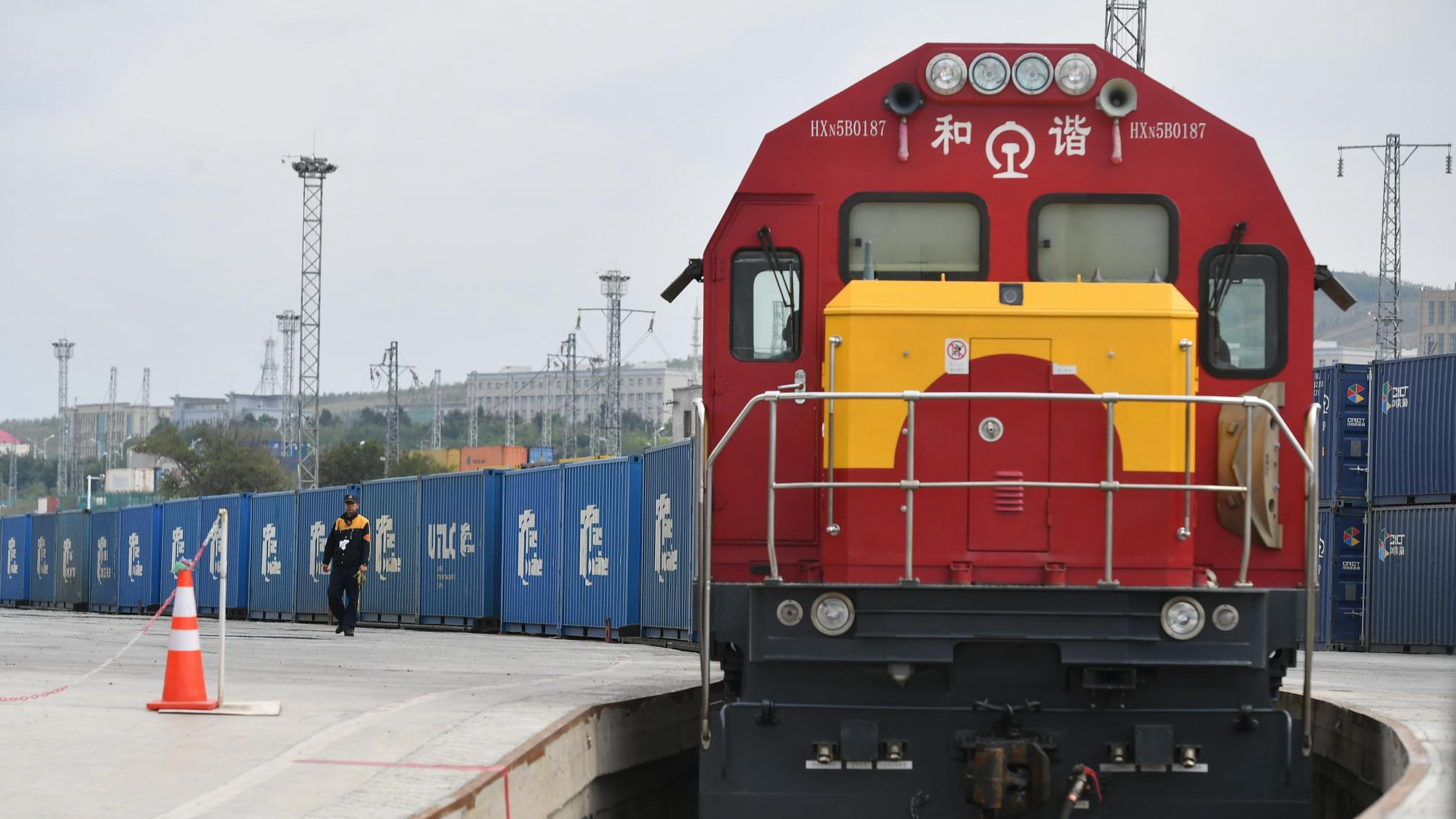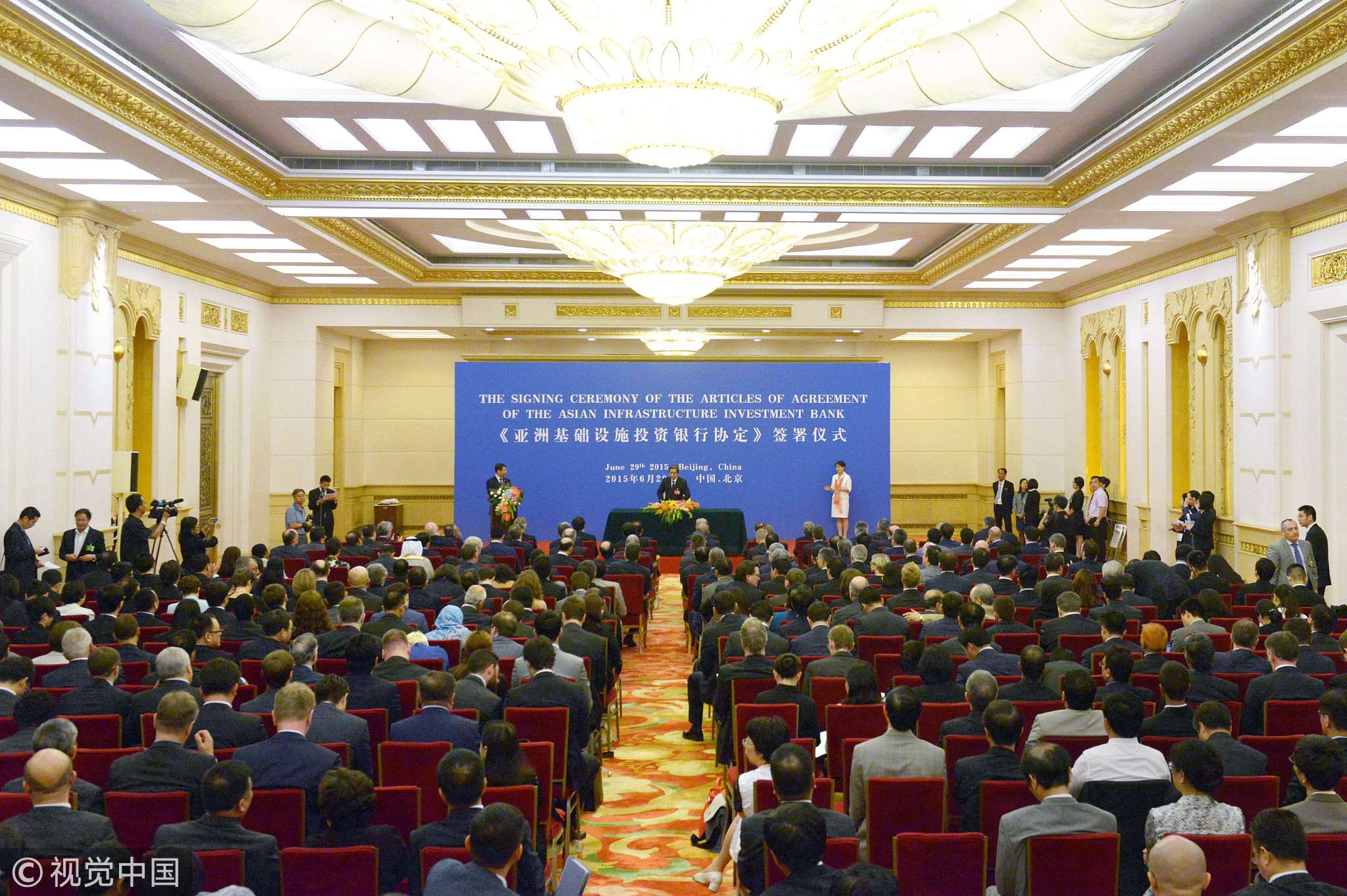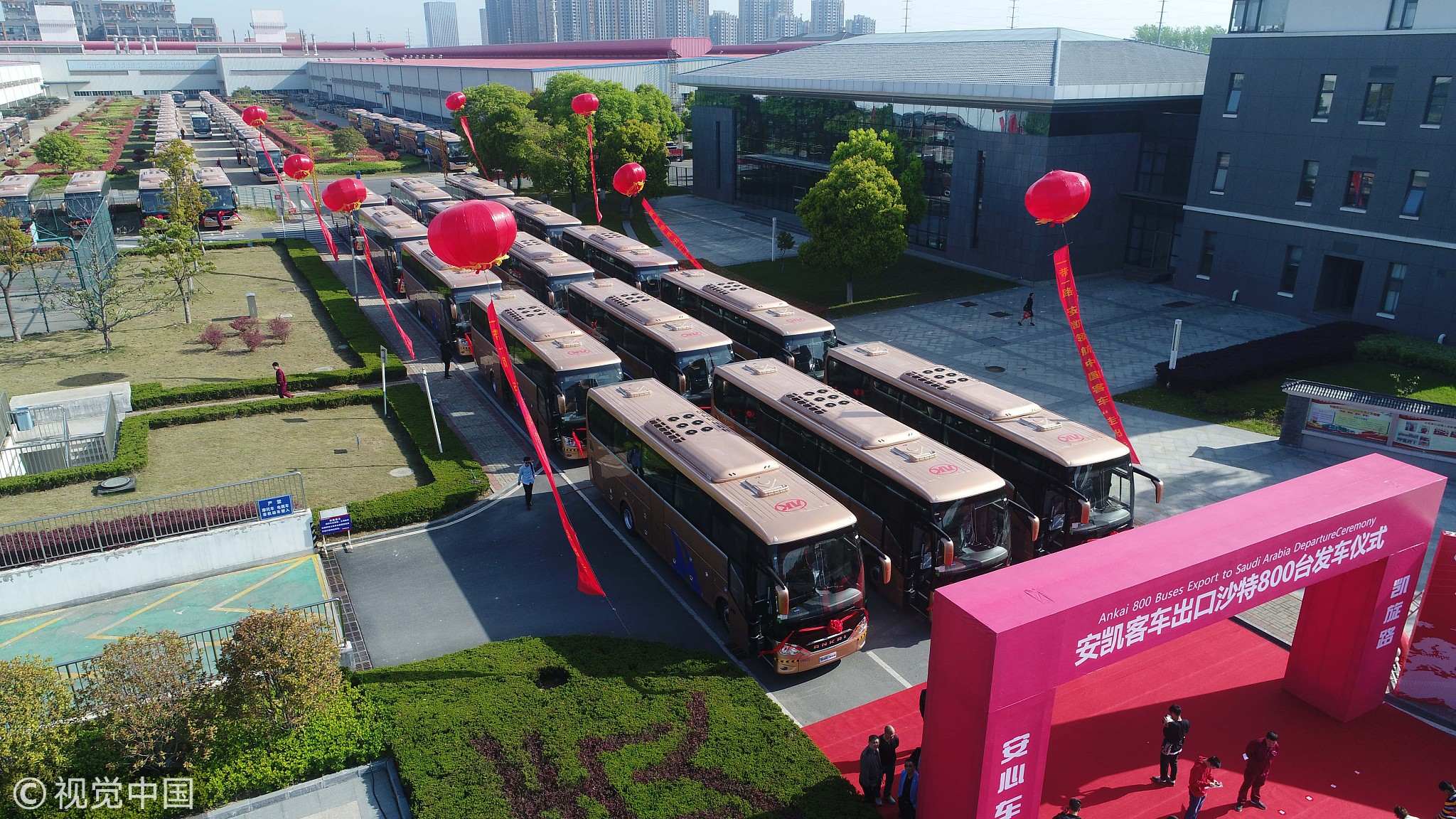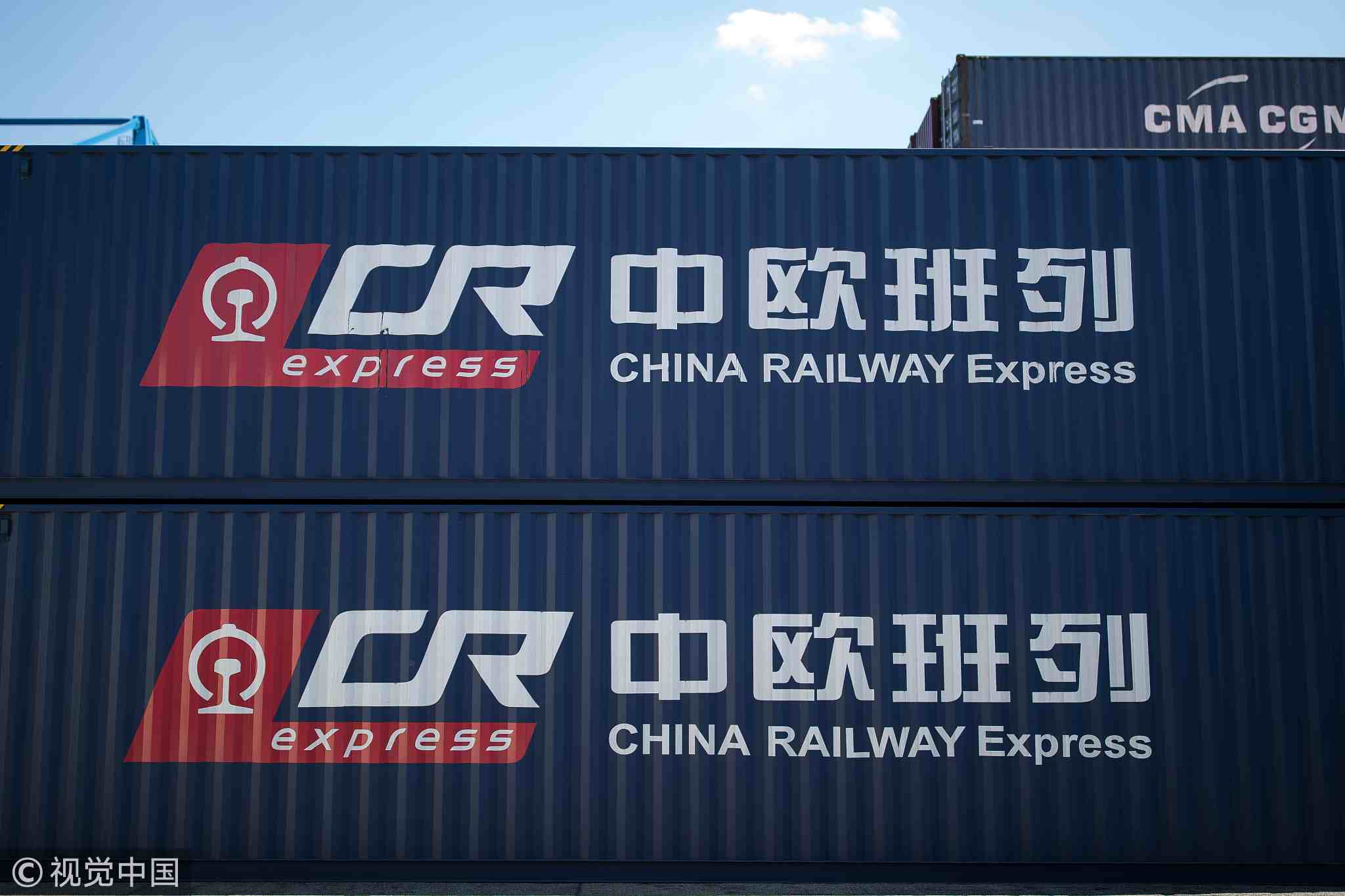
Opinions
14:58, 23-Aug-2018
Opinion: The early harvest of the BRI
Updated
14:46, 26-Aug-2018
Vasilis Trigkas

Editor's note: Vasilis Trigkas is an Onassis scholar and research fellow at the Belt and Road Strategy Center at Tsinghua University. The article reflects the author's opinion, and not necessarily the views of CGTN.
Since September 2013 when Chinese President Xi Jinping officially announced the Belt and Road Initiative (BRI) in Kazakhstan, a lot of ink has been spilled about the BRI’s impact across Eurasia.
Realists have framed it as a “New Marshall Plan” which aims to integrate Eurasia under a Chinese hegemony. Economists think of the BRI as a project to export Chinese industrial overcapacity and internationalize China’s gigantic corporations. Still, others have sensationally labeled it a “debt trap.”
As countries along the Belt and the Road will be attracted to Chinese capital, the Financial Times asserted, their sovereignty will ultimately succumb to their heavy indebtedness to Chinese loans.

Delegates attend the signing ceremony for the articles of agreement of the Asian Infrastructure Investment Bank (AIIB) at the Great Hall of the People, Beijing, June 29, 2015. /VCG Photo
Delegates attend the signing ceremony for the articles of agreement of the Asian Infrastructure Investment Bank (AIIB) at the Great Hall of the People, Beijing, June 29, 2015. /VCG Photo
US Secretary of Defense Jim Mattis has seconded this view and the case of the Hambantota Port in Sri Lanka has often been cited as evidence of a coerced leased acquisition.
It is not surprising of course that many Western analysts have melodramatically focused on some of the BRI’s most controversial projects often under-reporting some of the initiative’s substantial accomplishments.
Since 2013 and over its five years of gradual operationalization, the BRI has scored major success and mostly benefited the region.
First and foremost, with the groundbreaking foundation of the Asian Infrastructure and Investment Bank (AIIB) China has already institutionalized an intergovernmental mechanism to provide well-needed developmental capital to a region with a severe infrastructure deficit.
As numerous technical reports have put it, infrastructure deficit across Eurasia heavily impedes the region’s long-term development.
Moreover, as the AIIB has subscribed to advanced regulatory and environmental standards, inviting advice from the World Bank and the European Investment Bank, it has also attracted international investors, thus maximizing financial project leverage and increasing aggregate investments.

Buses exported to Saudi Arabia drive out of the Ankai Bus Factory in Hefei, China, April 10, 2018. /VCG Photo
Buses exported to Saudi Arabia drive out of the Ankai Bus Factory in Hefei, China, April 10, 2018. /VCG Photo
As Shi Zhiqin, the director of the BRI Strategy Institute at Tsinghua University has asserted, the AIIB is the epitome of China’s “commitment to an open, inclusive, and democratic global order” and thus constitutes an observable case of China’s concerted action to genuinely promote these goals.
Secondly, the BRI has advanced a new model of regional development by combining the expertise of local and regional partners and promoting joint ventures in third markets.
In an exemplary case, China’s technological expertise matched with Saudi’s cultural know-how and capital have been fruitfully intertwined in the joint Sino-Saudi investments in renewable energy in Egypt.
This regional model of cooperation in support of high value-added infrastructure projects comes at a time when the Middle East faces disruptive social unrest and thus does not only help the region to recover but by creating local jobs, it also limits immigration flows to Europe.
Thirdly, the BRI has already enhanced regional and inter-regional connectivity. Railway connections, particularly toward Europe, have become a signature of BRI’s early success.
Already, the landlocked German town of Duisburg has been transformed into a “land port” redistributing the massive flows of goods from Asia to the European market over land.

Containers from China are seen in the Duisburg port in Germany on July 16, 2018. /VCG Photo
Containers from China are seen in the Duisburg port in Germany on July 16, 2018. /VCG Photo
To the south, the Piraeus port in Greece has now become one of China’s most successful investments worldwide with the facility having been revamped from a regional backwater into a burgeoning commercial hub on the Mediterranean Sea advancing Greece’s efforts to revitalize its economy.
To be sure, as China and the United States will be intensifying their geopolitical competition in the Indo-Pacific and across the board, the BRI will be closely screened by China’s competitors and every Chinese mistake will be compounded by a sensational journalistic uproar.
It is thus necessary for the Chinese institutions that have been at the forefront of the BRI’s operationalization (The National Development Reform Commission, the Ministry of Foreign Affairs and the Ministry of Commerce) to comprehensively evaluate all projects undertaken in the past five years and reach didactic insights about the next five years.
China’s most challenging puzzle for solidifying the BRI will be to continue adhering to the high morality of its non-interference principles while substantial Chinese capital will be flowing across the world. Cultural, political tactfulness and sound financial evaluation of investments will be a level-headed advice but much more incisive strategic entrepreneurship will surely be needed.
(Cover: A train from Urumqi to Moscow loaded with cargo drives out of the assembly center on August 13, 2018. /VCG Photo)

SITEMAP
Copyright © 2018 CGTN. Beijing ICP prepared NO.16065310-3
Copyright © 2018 CGTN. Beijing ICP prepared NO.16065310-3